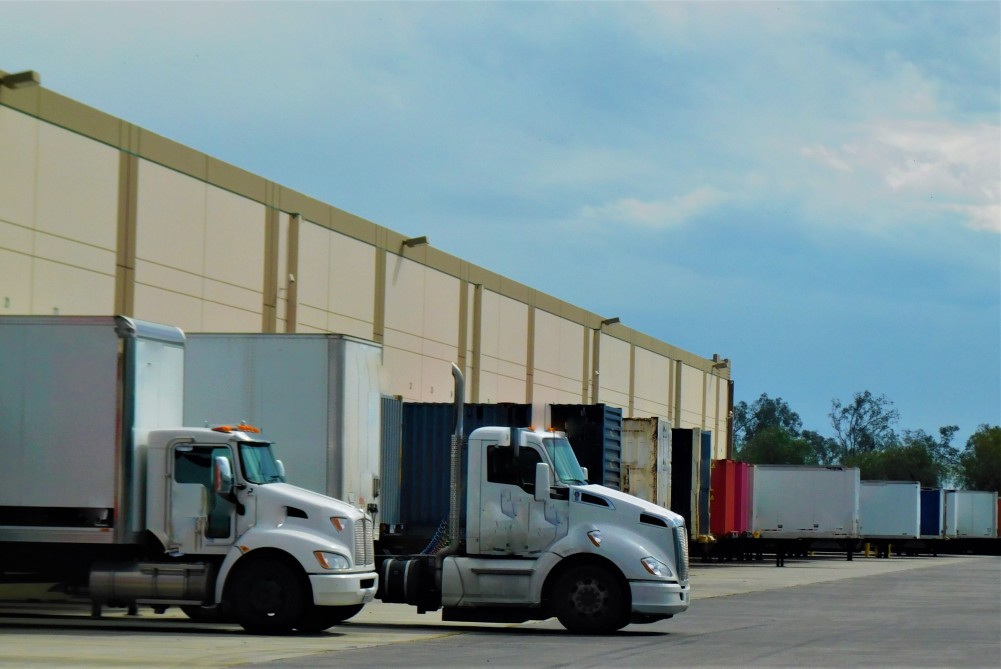Every single day, the United States Postal Service (USPS) is responsible for processing and delivering north of 173.1 million pieces of mail.
Think about that for just a moment.
The USPS is handling nearly 200 pieces of mail every single day of the week, including Sundays when USPS distribution centers are still operating.
Truthfully, it’s because of those USPS distribution centers that the organization is able to come close to handling anywhere near that kind of mail volume in the first place.
Without these distribution centers, and without the logistical system they have in place, it would take a whole lot longer than 3 to 5 days for a piece of mail to get clear across the country (and sometimes a lot faster than that, even).
But have you ever really thought about how a piece of mail goes from one address to another?
Have you considered its entire journey from start to finish?
Have you ever wondered about the logistical system that makes it possible to drop a letter in a mailbox somewhere in the northern part of Maine and have that same letter show up in a mailbox in the southern part of California inside of a week’s time?
If you’ve ever asked those kinds of questions before and wondered how USPS distribution centers fit into this puzzle you’re going to love the inside information that we highlight for you below.
Let’s jump right into it!
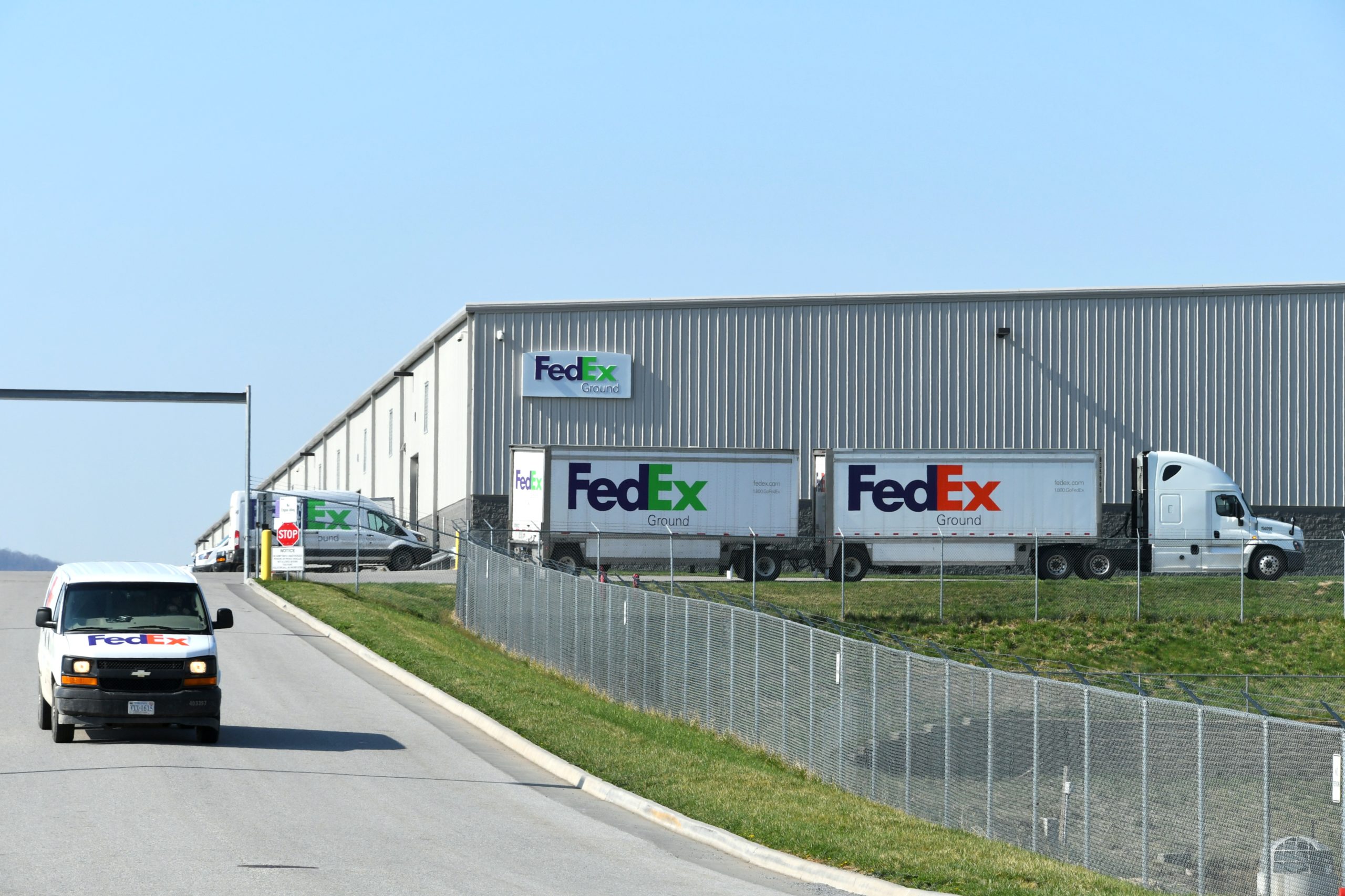
What is a USPS Distribution Center?
USPS distribution centers are regional hubs that allow the USPS to operate as effectively and as efficiently as they do today.
Essentially gigantic warehouses filled to the brim with all kinds of sorting machines, organizing systems, and employees operating together in concert with one another, it’s the USPS distribution centers that “grease the wheels” of American mail delivery systems today.
Without these centers, mail would take ages longer to get from one destination to another – and the entire system would be far less reliable, far less secure, and far less accurate than it is today, too.
As of right now (late 2021), the United States Postal Service currently operates 22 individual Network Distribution Centers around the country.
Each of these individual NDC buildings are strategically located throughout the nation. About half the states in the country have an NDC within their borders, with California having two of them.
There’s also a Sectional Center Facility (another type of USPS distribution center) located in San Juan, Puerto Rico that operates similarly to a Network Distribution Center.
Every piece of mail – every letter, every package, every parcel – gets shipped through one of these warehouses no matter where it is going to be sent later down the line.
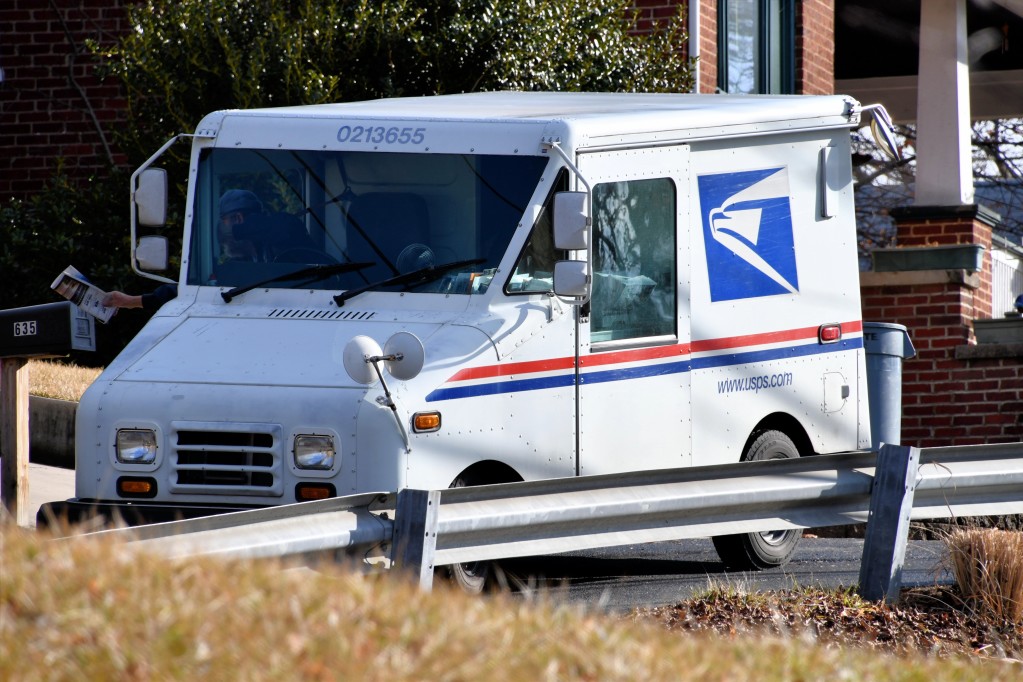
How the USPS Delivery Process Works
Now that we’ve gone over what a USPS Distribution Center is, it’s time to break down the every day process that a regular piece of First Class mail goes through when it is sent via the USPS.
This will give you a much better idea of the important role that individual distribution centers play in the “spoke and hub” infrastructure system that the USPS leverages these days.
Let’s jump in!
Mail and Packages are Collected
The first leg of the journey for every single piece of mail sent through the USPS begins the same way – the mail, the letter, or the package gets collected by a USPS official.
Sometimes mail gets dropped off at a local post office, physically being handed to a postal employee that checks that piece of mail into the logistical system (using a unique barcode set up).
Sometimes, though, individual pieces of mail or parcels are dropped off and collection boxes dotted throughout towns and cities. Sometimes pieces of mail are left in individual mailboxes for pickup by a letter carrier, and sometimes pieces of mail are dropped off with affiliated partner organizations and facilities.
At the end of the day, however, no matter how the mail gets collected by a local USPS facility that’s the first step of the journey for absolutely everything.
Mail is Dropped Off at a USPS Processing Center
The next piece of the puzzle, though, is for that mail to be collected in bulk and then brought to a regional USPS processing facility.
This processing facility is used to then separate and categorize individual pieces of mail according to a variety of different system designations.
For example, every piece of first-class mail will be separated out from every piece of priority mail (and every other type of mail available from the USPS, too). That mail will then be further separated into individual states and individual ZIP Codes and then organized to be sent out from that USPS distribution center.
Each piece of mail is going to go through this treatment, with the overwhelming majority of the process automated every step of the way. US postal employees are going to monitor and supervise this process, though, guaranteeing that everything is consistent and accurate.
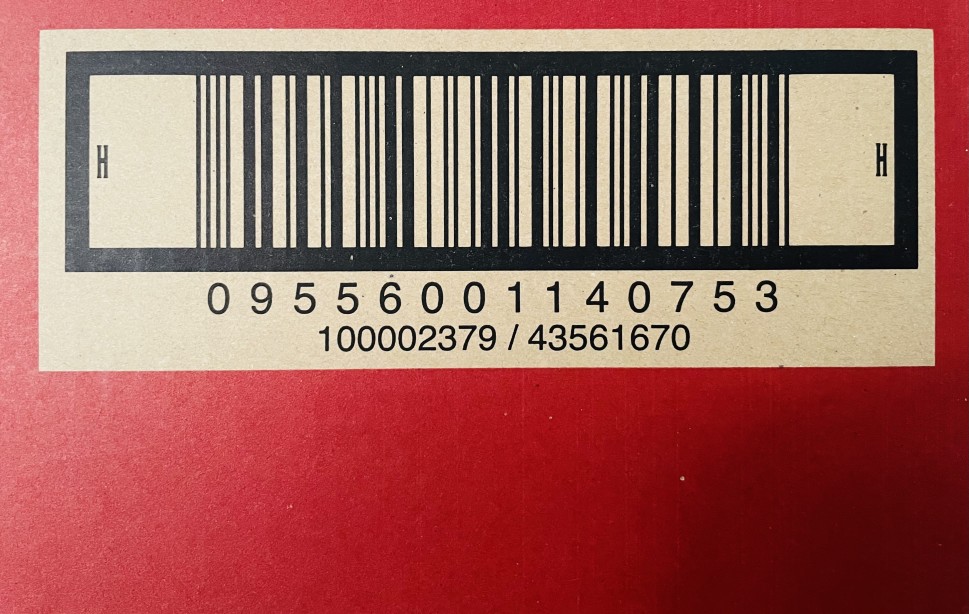
Unique Bar Codes are Attached to Envelopes and Boxes
While this sorting is going on each and every piece of mail is going to have a unique barcode attached to it, allowing that individual piece of mail to be tracked independently but also allowing it to be tracked “in bulk” with all the rest of its traveling companions.
Most people think that every piece of mail gets scanned individually every time it arrives at another USPS distribution center.
That’s not really what happens.
When you’re talking about moving north of 173 million pieces of mail every day (and more all the time), that’s just not feasible.
What happens instead is all of these unique barcodes are grouped and linked together with pieces of mail that are headed to the next distribution center. All those pieces of mail are bundled into large pallets and groups, and then the entire group gets scanned with a single barcode that updates all the rest associated with it.
That’s how you’re able to track your individual piece of mail as it moves around the country just as everyone else is able to track there’s making the same journey.
It’s a lot more efficient, it’s a lot more accurate, and it’s a lot more reliable than breaking each pallet down, separating every piece of mail, scanning each piece of mail on its own, and then rinsing and repeating the process every time a new USPS distribution center gets that pallet.
Sorting Machines Sift and Organize USPS Mail and Packages
After the barcodes have been attached to that piece of mail (or that package) the barcodes are then going to be used with automatic sorting machines to sift and further organize each and every piece of mail in that facility.
This allows for rapid fire sorting, streamlines things significantly, but also improves the overall accuracy of each individual USPS shipment.
You no longer have to rely on human eyeballs alone to figure out where every individual piece of mail is going. After a while, human beings are going to get pretty wiped out trying to track individual barcodes and individual destinations and mistakes are going to happen.
With automated machinery armed with barcode readers, though, that’s never a problem. This is why the USPS system is so effective and a lot faster than ever before, even though they are handling a lot more mail flow on a day-to-day basis than they previously did.
Mail is Sent Out to USPS Distribution Centers
The next step in the chain is for the mail to be bundled together with other pieces of mail headed to the same destination (at least the next USPS distribution center, anyway) and then sent out the door.
Some of that mail is going to be loaded onto USPS trucks for a long haul trip. Other pieces are going to be loaded up onto airplanes for faster delivery. Others still are going to be dumped onto smaller USPS vehicles for local distribution.
Either way, mail needs to move from its original sorting facility onto the next USPS distribution center (regional distribution center) so that it can be further moved on and get closer to its ultimate destination.
Final USPS Distribution Centers Disperse Mail to Local Delivery Post Offices
In some situations, a piece of mail will only have to visit a single regional USPS distribution center.
This is usually the case when you’re talking about a piece of mail going to a local area business, residential address, or a destination in a similar ZIP Code.
For example, a piece of mail originating in Massachusetts headed to Rhode Island is almost always going to find itself working its way through the Springfield, Massachusetts distribution center. A piece of mail traveling from Vermont to Connecticut is likely going to stop off in that same Springfield, Massachusetts USPS Distribution Center.
For pieces of mail that are going to be sent across country (or longer distances than just neighboring states) the odds are pretty good that those letters and packages are going to find themselves bouncing between a couple of different USPS Distribution Centers.
Sometimes a piece of mail will only have to go to two distribution centers, other times it will hit three or four. At the end of the day, though, the USPS logistical systems (especially the automated software solutions) try to find the most direct and the fastest path for that piece of mail to travel from one address to another.
Mail is Loaded on Trucks for Final Delivery or Stuffed in PO Boxes
No matter what, though, mail will inevitably find itself in the nearest regional Network Distribution Center (NDC) for the USPS.
After it arrives at its final destination USPS distribution center the mail will be loaded onto smaller trucks to be sent to local post office is. Some post offices act themselves as “regional hubs” for more rural areas, delivering mail to smaller post offices before they are then actually handled by letter carriers and dropped off house by house.
Other pieces of mail are going to find themselves in PO boxes, especially for rural customers that do not have physical home mail delivery as well as businesses that use all the benefits PO Box solutions bring to the table.
At the end of the day, though, every piece of mail – whether it’s going across the street or across the country – is going to find itself moving through the machinery and capable hands of USPS employees at distribution centers dotted across the country.
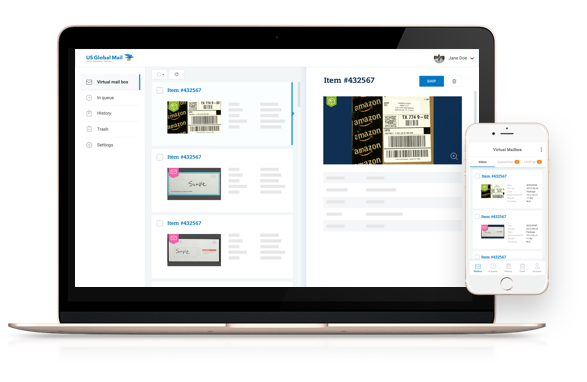
Simplify Your Mailbox with a New Account from US Global Mail
If you’ve been looking for ways to simplify how you get your mail each day, or are looking for more convenience, more anonymity, and more security for your mailing address, a Virtual Mailbox account from US Global Mail is the way to go!
With a Virtual Mailbox account from US Global Mail (the premier virtual mailbox services on the planet today), you start off with a permanent physical street address for your mailing address that provides you with a tremendous amount of extra security and anonymity.
You’ll be able to have pieces of mail sent to this address directly that are then routed to your virtual mailbox, helping you protect your home address along the way.
As soon as mail starts to arrive at your virtual mailbox, though, you’ll also get the added benefit of being alerted with each individual piece. You’ll get a digital scan of the envelope or the package and can opt to have a digital record of the letter sent to you as well.
On top of that, you get added benefits that include automatic check depositing features, package acceptance from all of the major delivery companies (including the ones the USPS will not accept packages from), and mail forwarding to any address on the planet at up to 80% off of traditional shipping costs.
For more than 20 years people all over the United States (as well as ex-pats around the world) have been relying on US Global Mail to modernize their mailbox, to simplify their mail workflow, and to provide them with the privacy, security, and reliability they won’t find anywhere else.
To learn more about US Global Mail and their Virtual Mailbox service, visit their website or reach out to them via customer service today!

